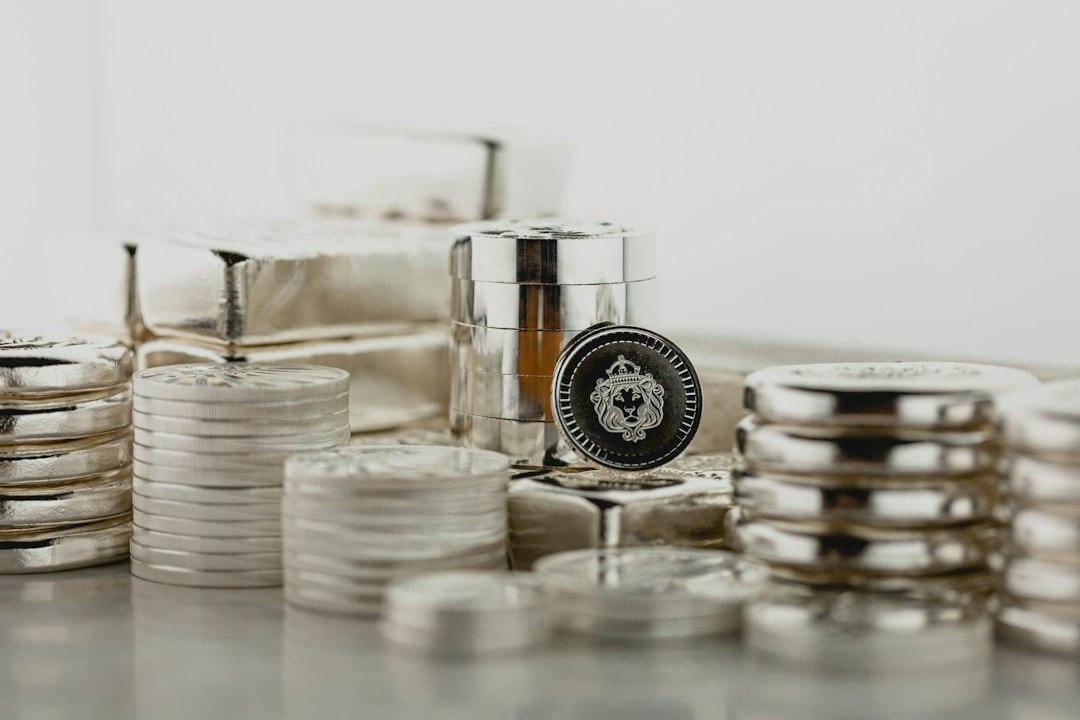Former FTX executive Ryan Salame, who is accused of being the accomplice to FTX co-founder Sam “SBF” Bankman-Fried, is facing a sentence of five to seven years in prison. These crimes are said to have caused the eventual collapse of the FTX crypto exchange.
Federal prosecutors in the United States filed a sentencing memo on May 21, urging the court to impose a strict sentence on Salame after he pleaded guilty to serious crimes related to the misappropriation of FTX investors’ funds. The prosecutors are seeking a punishment that matches the gravity of his offenses, while Salame’s lawyers argue that he should only be sentenced to a maximum of 18 months.
The prosecutors stated that Salame’s sentencing, for assisting SBF in misappropriating $10 billion of users’ funds, is scheduled for May 28. They emphasized the need for a significant period of incarceration to serve as a deterrent and uphold respect for the law.
SBF, who was convicted on seven felony charges, was previously sentenced to 25 years in prison by the U.S. District Court for the Southern District of New York. Salame will be the first accomplice to receive a sentence.
Salame joined Alameda Research in Hong Kong in 2019 and later rose to the position of CEO of FTX Digital Markets, a subsidiary based in the Bahamas.
Caroline Ellison, Nishad Singh, and Gary Wang, who are also key figures involved in the FTX scam, are still awaiting sentencing.
Meanwhile, U.S. lawmakers are rallying behind a bill known as the Financial Innovation and Technology for the 21st Century (FIT21) Act, which aims to clarify the roles of financial regulators in overseeing digital assets to prevent future incidents like the collapse of FTX. Representative Wiley Nickel of North Carolina is urging his fellow lawmakers to support the bill, which would provide clear guidelines for the Securities and Exchange Commission and Commodity Futures Trading Commission in regulating cryptocurrencies.
In related news, there is a documentary about the FTX collapse available on Amazon Prime, priced at $2,500. The production of this documentary received assistance from the filmmaker’s mother.
Source: YouTube

